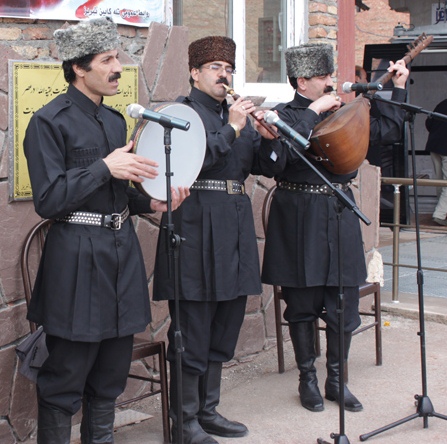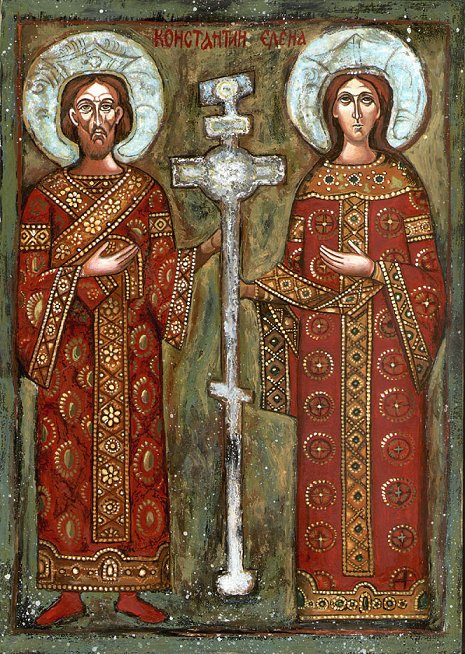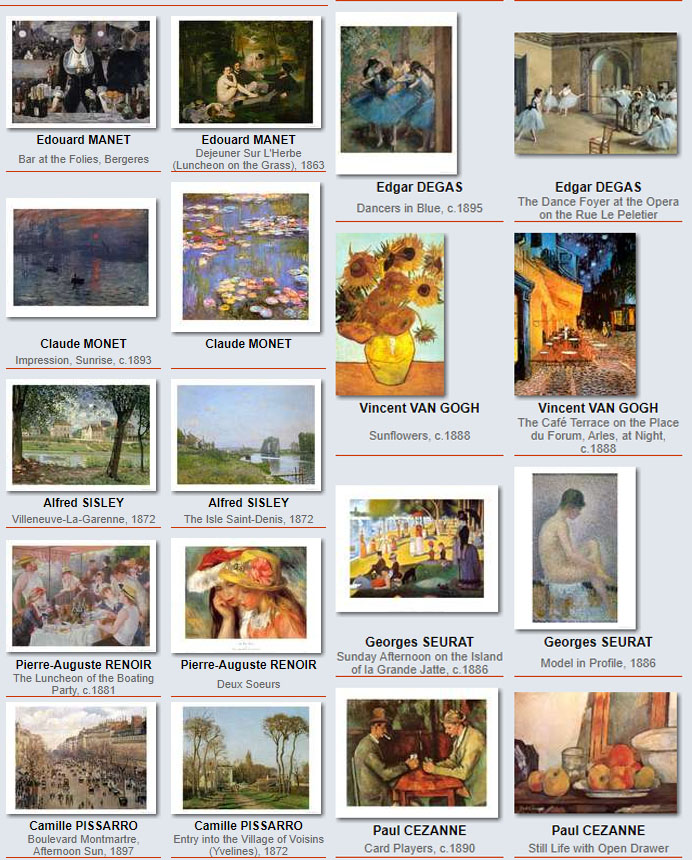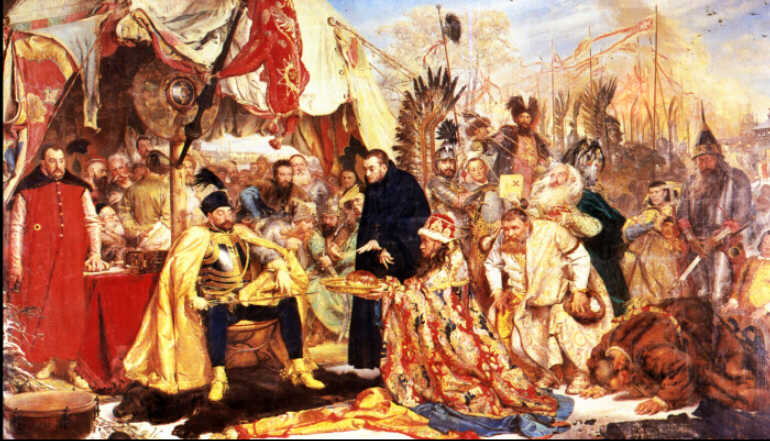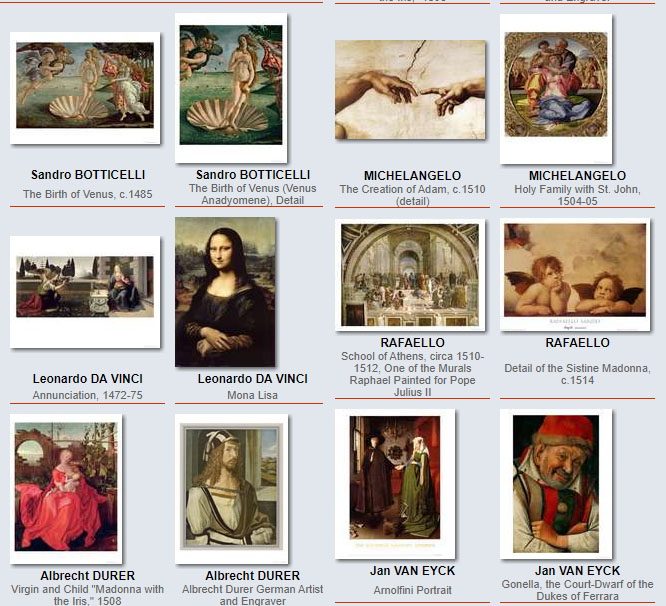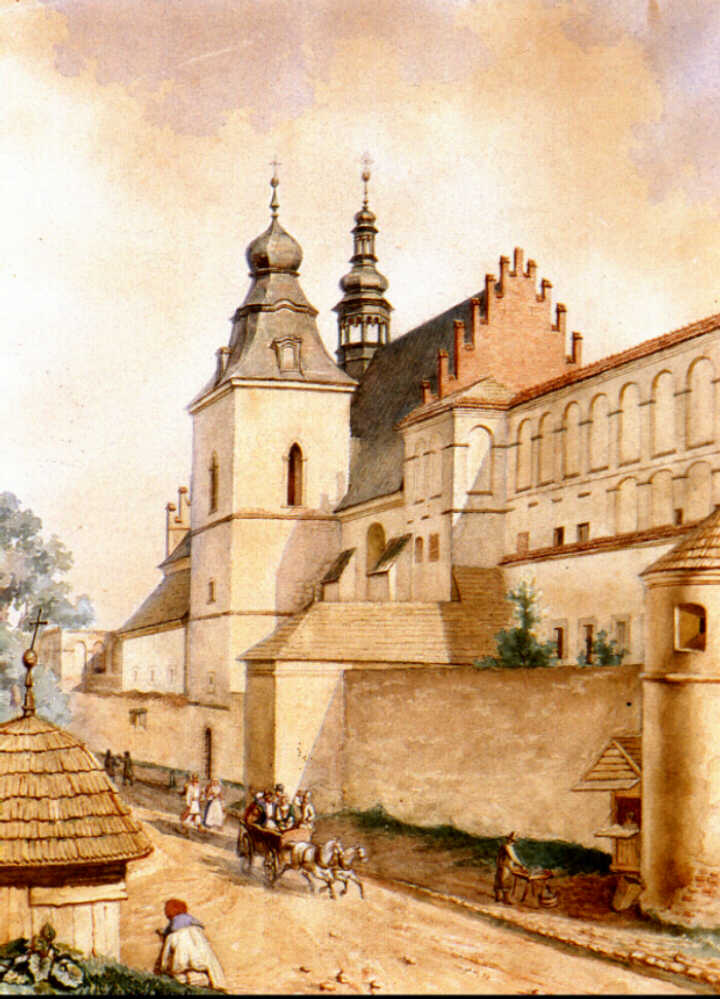 Ancient Greeks and their heirs – Romans
Ancient Greeks and their heirs – Romans
Most of the ancient cities, visited by tourists in Turkey, the Greeks raised up, who are undoubtedly the first builders in the history of mankind, constantly striving to discover the eternal and right rules of form and proportion. Even if we visit cities that were built before the arrival of the Greeks to Asia Minor or inhabited by other people, we cannot deny the overwhelming influence of classical Greek culture on them, and later Hellenistic. The Greeks wanted to create a perfect architecture in every respect. which to a large extent they succeeded. This is evidenced by the fact that certain rules and standards exist for over two millennia. Some researchers of Greek history believe, that Jonia – a land on the west coast of Asia Minor – played a major role in the development of Greek culture, being a bridge between Hellas and the East. It is here, after all, that two of the seven wonders of the ancient world were created.
Above the ancient city, built from approx. 6th century. p.n.e. according to a rectangular plan, there was a hill with an acropolis, that is, a fortified fortress surrounding the most important temple in the city and public buildings. The agora was the center of the city – quadrate, open commercial square. Now, also for general assemblies, it was surrounded by columned porticoes (the so-called. stoa). Already in the 8th century BC. the most important architectural orders of ancient Greece developed – Doric and Ionic styles (just in Ionia). They defined the forms, proportions and ornaments of columns, which translated into the general profile of the building. Of course, the most splendid churches and representative public buildings were built, the houses, on the other hand, were nothing special.
The most magnificent Ionian-style temple was the Artemision in Ephesus (one of the seven wonders of the world), after which today we can admire only the foundations and one column. A little more has been preserved from the temple of Apollo in Didim. Both buildings were beautiful and monumental, and because structures of this type (and e.g.. agora) decorated with bas-reliefs and statues, famous sculptor schools were established in Ionia.
In the mid-seventh century. p.n.e. large format sculptures began to be created, initially of a sacred nature, and later also lay people. At the same time, a decorative bas-relief is being developed to be placed on the pediments of temples and public buildings. We can admire all this in many better or worse preserved ancient cities in Turkey. Next to the sculpture, painting and artistic ceramics appeared, complementing the beauty of the culture and art of ancient Greeks. Literature and science developed along with art, and, above all, philosophy (then closely related to science). Philosophers such as Thales of Miletus or Heraclitus of Ephesus were accompanied by many outstanding mathematicians and doctors – they all left behind numerous scientific works.
As for literature, is undoubtedly one of the most outstanding achievements in the field of heroic song were Iliad and Odyssey, according to the most popular theory, approx. VIII c. p.n.e. by the legendary Homer. Currently, researchers are leaning towards a hypothesis, that both works are written versions of stories that existed much earlier, only orally.
In Hellenistic times, that is, in the period after the conquests of Alexander the Great, the overwhelming influence of Greek culture in Asia Minor spread even more. It was during this period that a third architectural style was born – Corinthian order. It was then that the center of Hellenistic culture was established in the city of Pergamon, radiating not only to the whole of Anatolia, but also to Attica. Intellectual thought is focused here, and the famous library was on par with that of Alexandria in Egypt. In the Hellenistic period, architecture and sculpture enjoyed real triumphs, especially since their relationship with each other was very strong. We know, that monumental painting also flourished, although very few examples have survived to our day. The decorations of red-figured vases testify to the craftsmanship of the artists of that time. Many outstanding painters were active in Ionia.
More or less from the middle of the 2nd century. p.n.e. one can speak of Roman rule in Asia Minor. At that time, new tendencies appeared in art. Bows began to be widely used, which were known to the Greeks, but they have not won such sympathy on this scale, as we observe in the Roman state. Art began to be characterized by imitation, and the Corinthian style inherited from the Greeks began to dominate Roman architecture. Scientists emphasize the fact, that the art of the Roman Empire had a Hellenic character, both in terms of architectural forms, as well as ornaments, sculptures and paintings. In little Asian cities, and throughout the empire, The Romans erected magnificent buildings and monuments made by Greek artists, and they were characterized by copying classic elements of architectural decoration. Almost all cities in Anatolia were expanded and fortified with new walls, aqueducts were brought in and large theaters were reconstructed or built from scratch. Early Christian art began to develop in the late Roman Empire.

